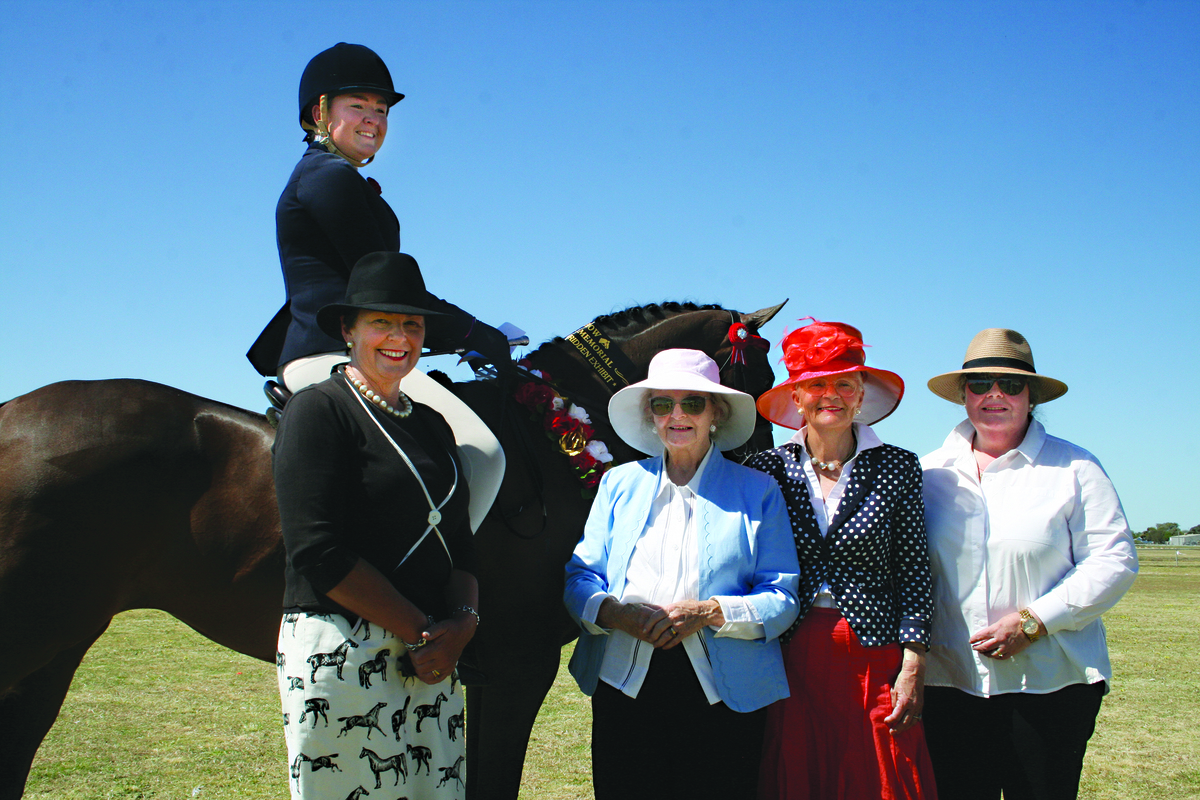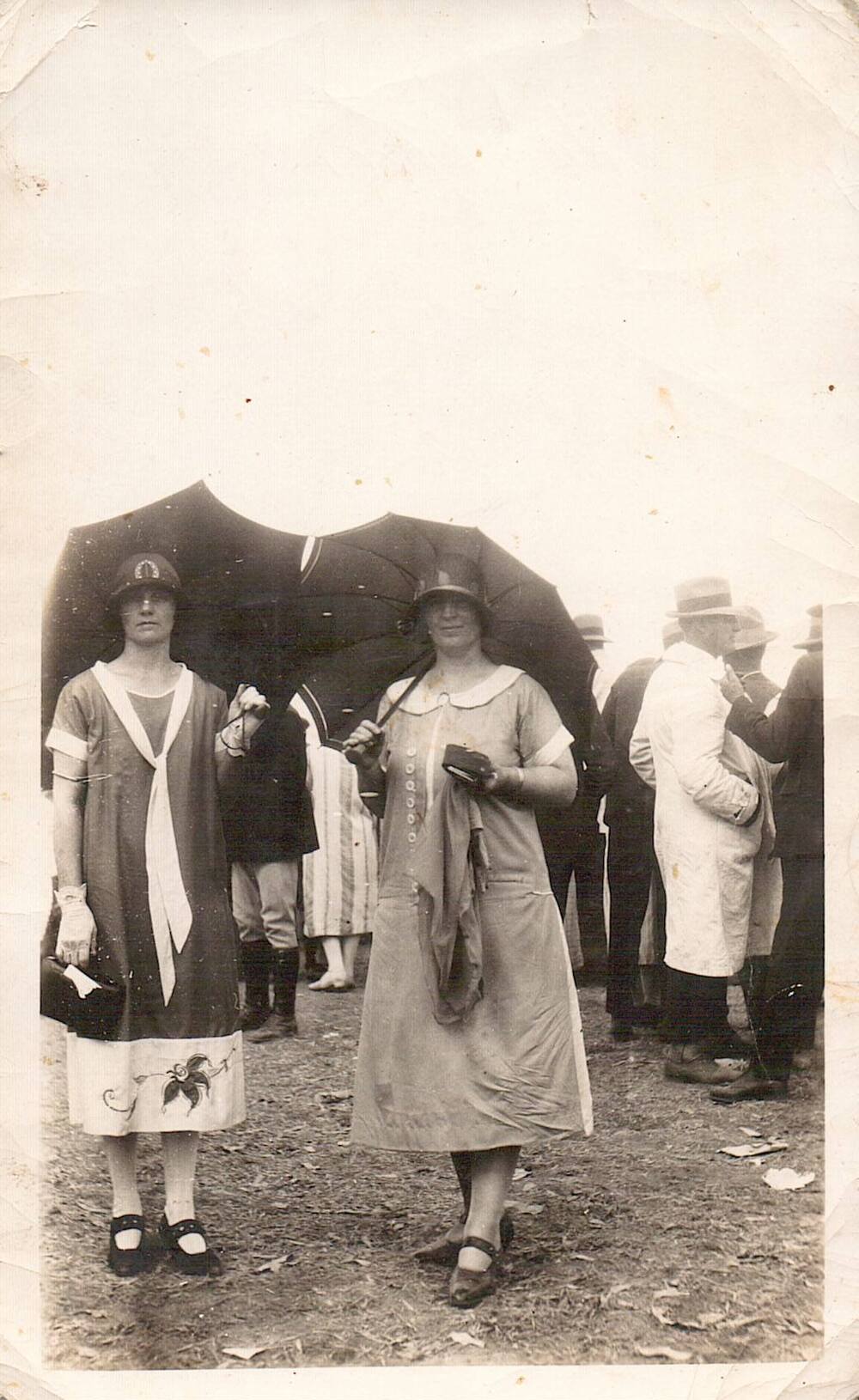History of Hay Jockey Club
Kimberly Grabham
18 November 2024, 7:00 PM

From humble beginnings on a dusty town common to the modern racecourse we know and love, the Hay Jockey Club has weathered storms, embraced change, and kept the spirit of bush racing alive and kicking.
It all began in 1862, when a group of enthusiastic racing fans huddled together in the Caledonian Hotel, dreaming of establishing a formal race club in Hay.
It took eight long years of planning, fundraising, and wrangling with the Hay Shire Council to finally bring their vision to life.
In 1870, the first race meeting thundered onto the scene, held on the town common known simply as "the Racecourse."
The facilities might have been basic back then, but the excitement was palpable.
Imagine the cheers as Henry Welsh’s horse "Sunbeam" galloped to victory, claiming the coveted Corinthian Cup! Over the years, the Hay Jockey Club has seen it all.
From the scandalous expulsion of a member for the "malicious wounding" of a horse in 1884 (yes, you read that right—a horse named "Terminus" had its throat slit but went on to win more races!), to the Temperance Society's influence on the racecourse layout and rules in the 1870s, the club's history is a tapestry woven with colourful characters, dramatic events, and a dash of good old-fashioned controversy.
Picture this: in the 1870s, under the watchful eye of the Temperance Society, alcohol and gambling were strictly forbidden in the Member's Enclosure. If a member felt the urge to indulge in a tipple or place a wager, they had to move to the Public Enclosure.
Cash betting was seen as vulgar, so all bets were made "on the nod," meticulously recorded by a penciller, and settled at a designated hotel the next day.
Now that's what you call a gentlemanly agreement! But it wasn't all about rules and regulations.
The early days of the Hay Jockey Club were a time of immense prosperity.
Prize money in the 1870s was a king's ransom, with the Corinthian Cup boasting a purse of 150 pounds—a staggering sum equivalent to around $24,000 in today's money!
This attracted top jockeys from as far as Melbourne, f illing the town's accommodations to the brim.
The town council, recognizing the economic boom that racing brought, declared a public holiday for the main meetings.
And to ensure the equine athletes arrived in style, special trains were even arranged from Narrandera and Albury after 1882.
However, the path of the Hay Jockey Club hasn't always been smooth.
Economic downturns and periods of drought cast shadows over the racecourse, leading to the formation of rival racing clubs—each with its own quirks and priorities.
There was the Hay Licensed Victualers Racing Club, championing the interests of the town's seven prominent hotels (whose owners were barred from membership in the main club, can you believe it?). And then there was the Hay New Years Day Racing Club, dedicated to holding races on—you guessed it—New Year's Day.
One particularly memorable squabble involved the Hay New Years Day Racing Club and the hefty fee demanded by the Hay Jockey Club for the use of their grounds.
So offended were the New Year's Day enthusiasts that they took their horses and their revelry to a paddock on Wooloondool Station!
Thankfully, this dispute was eventually resolved, and harmony (mostly) prevailed. In 1935, after 65 years on the town common, the Hay Jockey Club packed up and moved to its current location, adjacent to the newly established Hay Showground. But as fate would have it, World War II erupted shortly after the move.
The army promptly requisitioned the Showground and racecourse as headquarters for prisoner of war camps.
Imagine the scene: thousands of prisoners of war, a bustling military headquarters, and right in the middle of it all…a racecourse! After a couple of years, someone had a brilliant idea: why not hold race meetings to raise funds for the war effort?
And so it was that the horses thundered once again, this time for a noble cause.
The wartime races were a resounding success, drawing huge crowds and raising substantial sums to support our troops.
After the war, the returning soldiers, eager to keep the racing spirit alive, formed their own club—the Hay Diggers Race Club.
But eventually, they too joined forces with the Hay Jockey Club, further solidifying its position as the heart and soul of racing in Hay.
The latter half of the 20th century brought new challenges.
With the introduction of the NSW Totalizer Agency Board in the 1970s, country racing faced an uphill battle for survival.
The Hay Jockey Club, like many others in the region, was forced to make tough decisions, scaling back to a single race meeting per year.
But under the leadership of dedicated presidents like BH (Barry) Smith, John Clark, Brian Gibbs, ES (Ted) Circuitt, Margaret Harvey, and JC (Cameron) Clark, the club refused to give up.
They introduced innovative programs to attract a new generation of racegoers, particularly young people and women.
Fashion parades, featuring the latest styles and led by Helen Smith and Andrea Wall, transformed the mounting yard into a runway.
The legendary racehorse Kingston Town, the only horse in history to win three WS Cox Plates, made a guest appearance, drawing racing enthusiasts from far and wide.

Ladies attending the Hay races in 1914. Image: Wendy Lugsdin.
And who could forget the Beaut Ute competition, a forerunner to the Deniliquin Ute Muster, which injected a dose of youthful energy into race day?
These efforts, coupled with the enduring popularity of Fashions on the Field, breathed new life into the Hay Jockey Club.
These days, as we celebrate over 150 years of racing history, we can proudly say that bush racing is as strong as ever in Hay.
So, let's raise a glass (in the Public Enclosure, of course!) to the Hay Jockey Club—a testament to the enduring spirit of Hay our community, the thrill of the race, and the power of a good old-fashioned bet.
Here's to 150 years of memories, and to many more years of horses thundering down the track, cheers echoing through the stands, and the heart of bush racing beating strong in Hay!